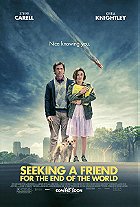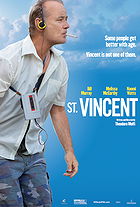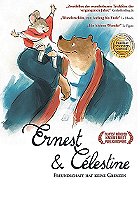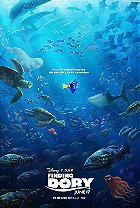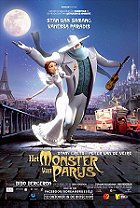The piercing realism that can’t be faked strikes you hardest in Pariah. You can sense it in the script and direction by Dee Rees, you can sense it in Adepero Oduye’s central performance, in Kim Wayans and Charles Parnell’s supporting work. It just drips from every frame of Pariah.
You could write it off as Rees’ truth coming out in the mouths and actions of her characters, and that’s certainly a part of it, but it’s also in the naked, candid performances that never feel like they’re acting. Oduye, in particular, always appears to “be” in front of the camera, and she never telegraphs her next movement or scenario. We’re left as fragmented and adrift in confusion and turmoil as she is.
Conversations overhead between her parents, both know she’s gay and each blames the other or takes a “don’t ask, don’t acknowledge” mandate on it, are heartbreaking. They feel like transcripts from a gay youth forcefully removed from the home, or one who decided to flee before the toxic environment got too much for them. The contentious nature of a life lived in the closet, especially one with less-than accepting parents, is given full-life throughout.
A scene early in film struck me during which Oduye transitions on a bus ride from butch to a softer feminine ideal imposed on her by her mother. It’s a quiet moment, one deftly handled by the actress as the escalating sense of unease, both interior and exterior, never gets a fulfilling outlet. It’s another thing that must be shoved into the closet with the door quickly slammed shut before its contents come tumbling out. Everything is right in there as the camera merely observes its main character juggling her two lives.
That other life is lorded over by her deeply religious mother, played by Kim Wayans in a dramatic performance that’s shocking coming from someone primarily known for In Living Color. Her father, Parnell, is an overworked cop that’s supportive of his daughter yet hopefully she’ll eventually grow out of her predicament and course correct. Their marriage has gone to rot and they use their oldest daughter’s repressed sexuality as a cudgel to berate and beat each other. You know it’s only a matter of time before something explosive happens.
Inevitably, it does and it launches the final stretch of the film towards a more positive future. Pariah earns its hopeful ending where escape becomes a means of freedom and authenticity. Things will get better, but only if you’ve got the fortitude to clutch the small moments of hope and make your break when the opportunity presents itself. There’s a pleasing sense of truth here, one that is both captivating and shattering in equal measure.
Dee Rees made good with Bessie and Mudbound proving that Pariah was no one-off morning glory. It was just the first feature from a promising and exciting new talent. I can’t wait to see what she does after this already stellar body of work.
 Login
Login
 Home
Home 95 Lists
95 Lists 1531 Reviews
1531 Reviews Collections
Collections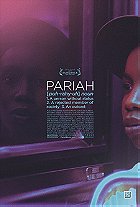
 0 comments,
0 comments, 